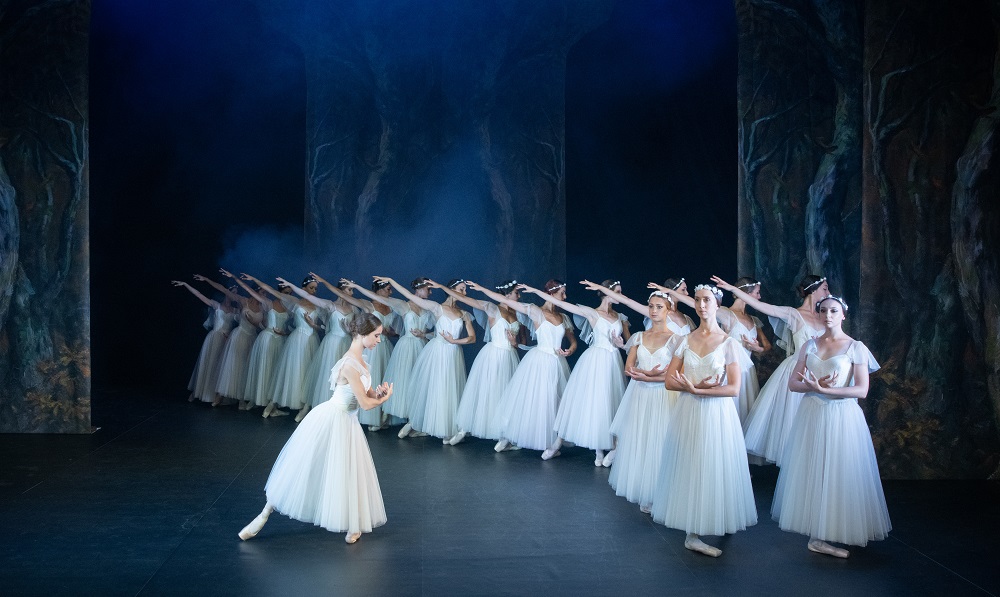
Review: Giselle, Varna International Ballet, New Wimbledon Theatre
Review: Giselle, Varna International Ballet, New Wimbledon Theatre
“This old-fashioned production showed that Adolphe Adam’s 1841 ballet still has the power to move.” Jenny Booth reviews.
Bulgarian-based Varna International Ballet showcased their accomplished production of Giselle at New Wimbledon Theatre on Thursday, the first in a short run of three popular ballets told in a distinctly traditional style. The curtain opened on a Ruritanian backdrop of castle and forest bathed in golden light, setting the scene for a largely jolly first act which only slowly began to hint at the intensity and gloom of the tragic action that was about to unfold. Pierre Gaston was agile as Giselle’s rejected lover Hilarion, the local gamekeeper, clad in leather and green breeches, while a full corps de ballet kept competent synchronicity with the orchestra and each other as a chorus of villagers. Bejewelled courtiers promenaded, and Giulia Visalli was delightfully condescending as Countess Bathilde, borrowing the house of motherly Berthe (Gergana Karaivanova) to rest from the hunt.
But all eyes were captured by the dancing partners Katerina Petrova and Tsetso Ivanov as poor, doomed Giselle and deceitful Count Albrecht who wins her love while posing as a peasant. Staggering slightly with a hand to her forehead, Petrova captured Giselle’s frailty, while her mesmerising pointe work allowed her to seem to float across the stage. At first her graceful leaps depicted her innocence and enthusiasm, as slowly her affections were won by the posturings of the disguised count, appropriately cloaked in black. The stage lighting darkened to stormy grey as Hilarion unmasked Albrecht by producing his crested sword, triggering Giselle’s shockingly swift descent into torment, madness and death.
The second act was on a different level of intensity, compelling the audience’s attention. The forest is haunted by the vengeful and dead-eyed spirits of maidens betrayed by their lovers, who ensnare men who dare to linger after midnight and force them to dance themselves to death. The unfortunate Hilarion is captured as he mourns at Giselle’s grave, and cannot escape; as Albrecht appears he seems likely to be the next to die, until the ghost of Giselle appears, delicate and dressed in white. Summoned by the unrelenting Queen Myrtha to join the ranks of her wili maidens, Giselle instead resists and seeks to protect her still-living lover. Her dancing retains its human and expressive qualities, unlike the automatic mopping and mowing of the wilis; indeed, the yearning duets between her and Albrecht are intensely affecting and highly impressive, as the aristocrat shows genuine feelings of remorse and grief and elusive Giselle tries to shield him. I could wish that some jarring elements of the production were dumped: there is no need for the rather naive projections of floating maidens on the backdrop, and Giselle’s grave is way too big and could do without the lurid green ivy. But this old-fashioned production showed that Adolphe Adam’s 1841 ballet still has the power to move.






